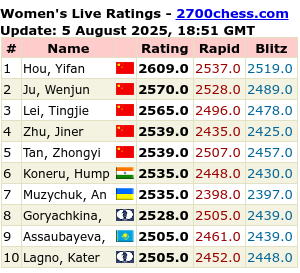Today we had the opportunity to hear from Tracy Humphreys, founder and chair of BCEdAccess. Lead by volunteers, this grassroots organization has over 4,200 members, all of whom have disabilities or have connections with folks who have disabilities. The purpose of this organization is to advocate for students at two levels: directly with the government and in connection with families. Here are some highlights from her presentation:
What Parents Say
- Denial of tech needs continues in our schools
- Much of the tech available is outdated and frustrating to use
- Access remains a barrier for many students
- Without a central hub, parents have few resources to support their inquiries
- Families are not receiving the education and training they need to participate in tech-support programs
Ableism
Ableism is a set of attitudes born out of ignorance that produces barriers for people in the same ways that racism or sexism do. Some frequent examples include:
- Are they disabled enough to deserve that support?
- Why do they get to have this support while I do not?
One strategy teachers can adopt to resist ableism is to design lessons in ways that everyone has technological support. Doing so mitigates the potential for envy when students realize others have different sorts of access to technologies.
Technological Supports in the Classroom
Some common technological supports that teachers can incorporate into any lesson include:
- FM Systems
- Captioning on videos
- Audiobooks
Key to all of these approaches is that technology should honour and strengthen student abilities, allowing them to participate along with everyone else. Teachers can also learn about student needs by asking EAs, families, and the students themselves, especially the latter. By working with students directly, teachers can show that they care.
Universal Design for Learning
A big part of Tracy’s message was that teachers need to design their lessons for students on the margins. This pedagogy, famously known as Universal Design for Learning, suggests that doing so allows everyone to succeed, since the supports that help students with disabilities and exceptionalities will also help everyone else. In other words, teachers need to stop aiming at the middle, lest the students who are hardest to reach are left behind.
A great proponent of this message is, of course, Shelley Moore, with her wonderful bowling analogy:
Final Thoughts
Although I have heard many of these insights in the past, hearing them from Tracy Humphreys was particularly moving. Her experience as a parent, individual with autism and ADHD, and long-time advocate for inclusion in education shows through in her measured tone and concrete stories. What she provides is more than just theory: she provides those critical anchor points to which we as educators can turn when we are unsure or confused. Theory is useful, but only insofar as it bears witness to real lives and people. Tracy Humphreys grounds our reflections in those stories and allows us teachers to become better for it. Thank you!



Leave a Reply
You must be logged in to post a comment.